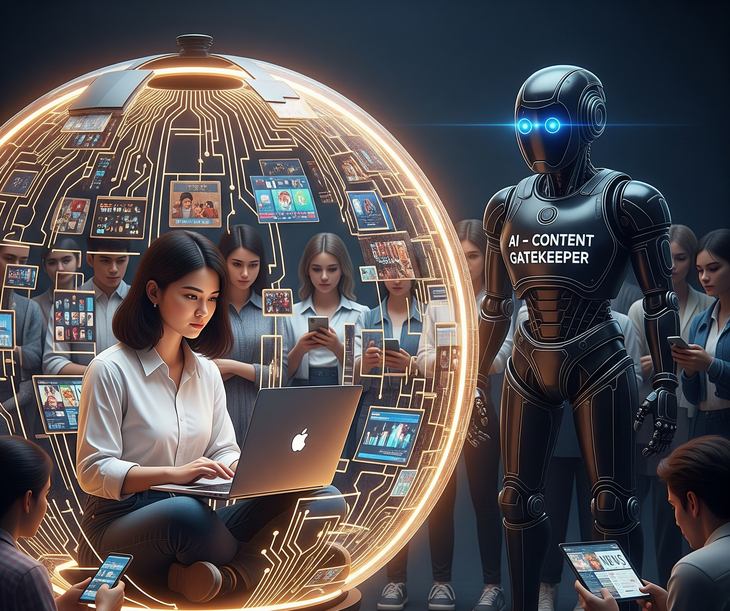
Creators must overcome AI recommendation algorithms to reach audiences
Today, most content on digital platforms from YouTube, TikTok, Facebook to Spotify is no longer distributed based on posting time or follower level, but is decided by artificial intelligence (AI) systems through recommendation algorithms.
This system analyzes user behavior, evaluates content based on actual interaction performance, and from there decides what gets promoted and what gets hidden. No matter how good the content is, if it doesn't "pass the gate" of the algorithm, it will be almost invisible to the majority of the audience.
Digital content and the AI-led revolution
The big turning point started around 2018-2020, when platforms like TikTok, Instagram Reels or YouTube Shorts strongly shifted to personalized algorithms based on user behavior. Since then, content creators no longer directly reach the audience, but have to "rely" on AI for recommendations.
This changes the creative game: whoever understands the algorithm better wins. Anyone who deviates from the “AI likes” standard disappears from the main viewing stream.
Why is AI recommendation algorithm a matter of concern?
This issue is quietly reshaping the way people create and consume information. As every platform is powered by AI to optimize user retention, attention-grabbing, viral, short, and emotional content will be prioritized.
On the contrary, content that is socially critical,educational , in-depth analysis or slow storytelling is easily "sunk" and rarely seen.
Without proper regulation, we could be entering a world where content doesn't go viral because it's true, but because it's engaging.
How the recommendation algorithm works
Today’s digital platforms use deep learning to personalize content streams for each user. Algorithms analyze user data such as viewing history, time spent on each video , likes, shares, comments, and even interactions with others.
At the same time, the algorithm also evaluates content data including video length, title, thumbnail, keywords, hashtags, background music, transition speed, and the "trendiness" of the topic.
Based on real-time feedback, the algorithm adjusts the distribution of content. A video that has high retention and early engagement will be pushed further. Conversely, content that is quickly skimmed or lacks engagement will quickly be “squeezed”.
Preferred content often has things in common: shock or curiosity in the first few seconds, fast pace, unexpected ending, easy to create trends and especially stimulate strong emotions such as surprise, anger or humor.
Meanwhile, slow-paced, non-climax content such as everyday stories, educational videos or social commentary content is easily overlooked if not optimized with the right "language" that the algorithm prefers.
Can machine taste and human taste be reconciled?
There’s no denying that AI has been a powerful enabler for creators. But as AI becomes the gatekeeper of content, society needs to ask a serious question: are we letting machines shape our thinking, emotions, and public perception?
Content creators can learn to understand algorithms, but they also need to retain their humanity in terms of honesty, depth, and diversity. And most of all, it is the users, the end-users, who are the most powerful force in reorienting the flow of content. Every view, every share is not just an act of consumption, but a silent vote in the game between ideas and algorithms.
In fact, AI isn’t the problem. The problem is that content is increasingly tailored to fit algorithms, rather than audiences.
When control of the display is in the hands of invisible systems, creative freedom is gradually distorted and the humanity in the product is also blurred. Creating content now is not just about creativity, but the art of balance: overcoming the gate of AI, but not losing connection with real people, real emotions.
Source: https://tuoitre.vn/khong-hieu-thuat-toan-khong-ai-thay-ban-20250626154429456.htm



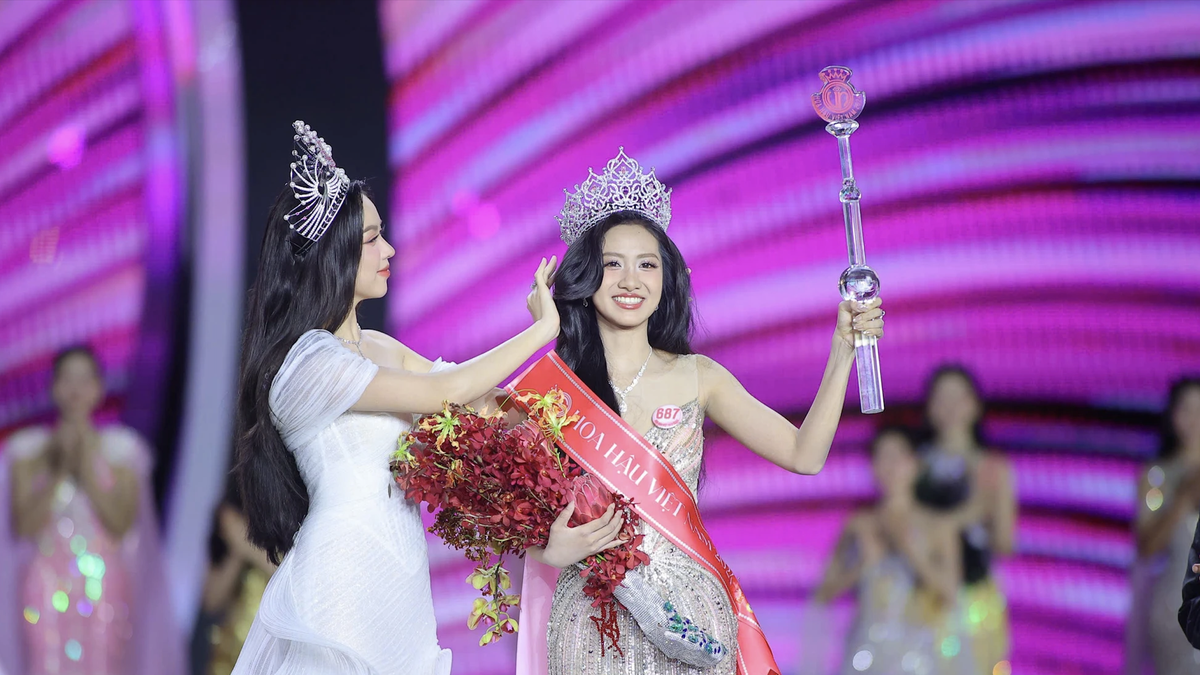




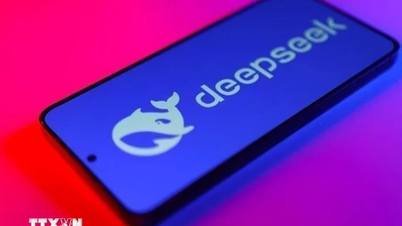

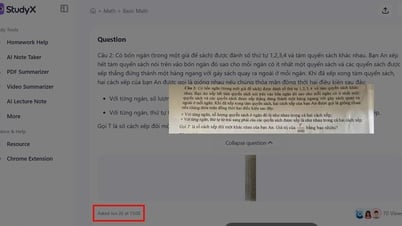




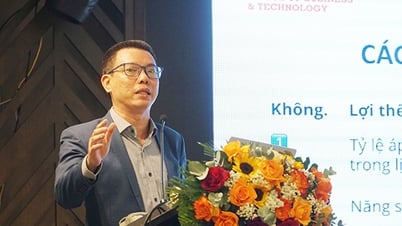

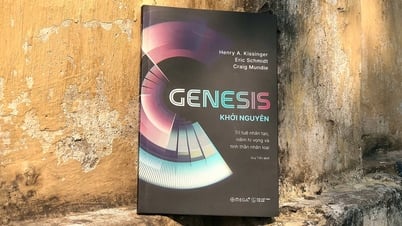
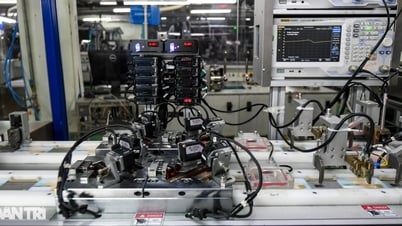



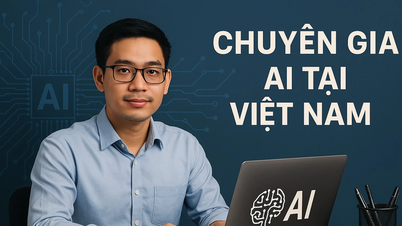
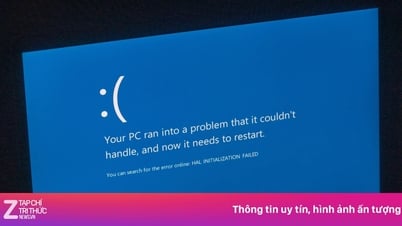










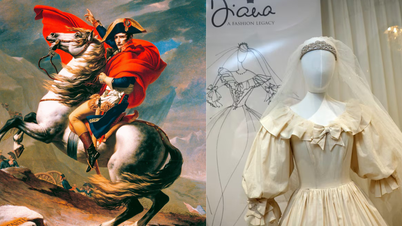




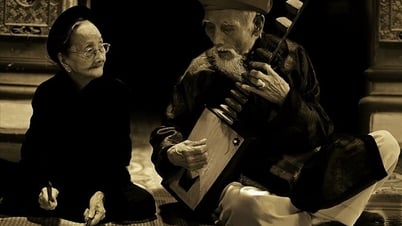









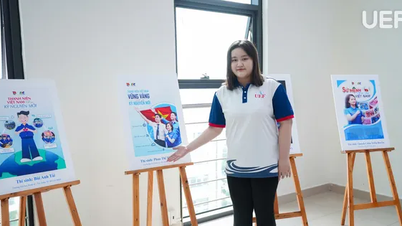



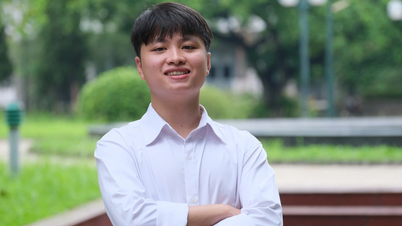











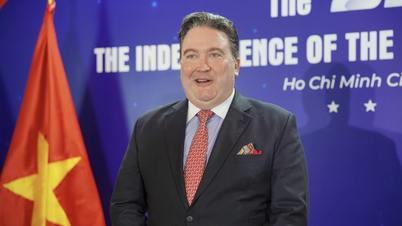
















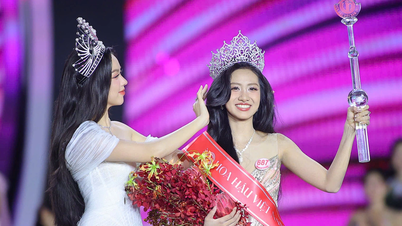


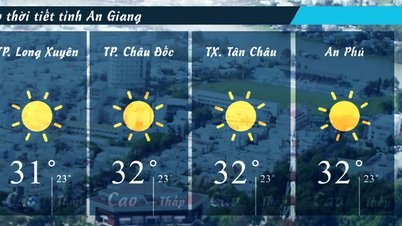


















Comment (0)